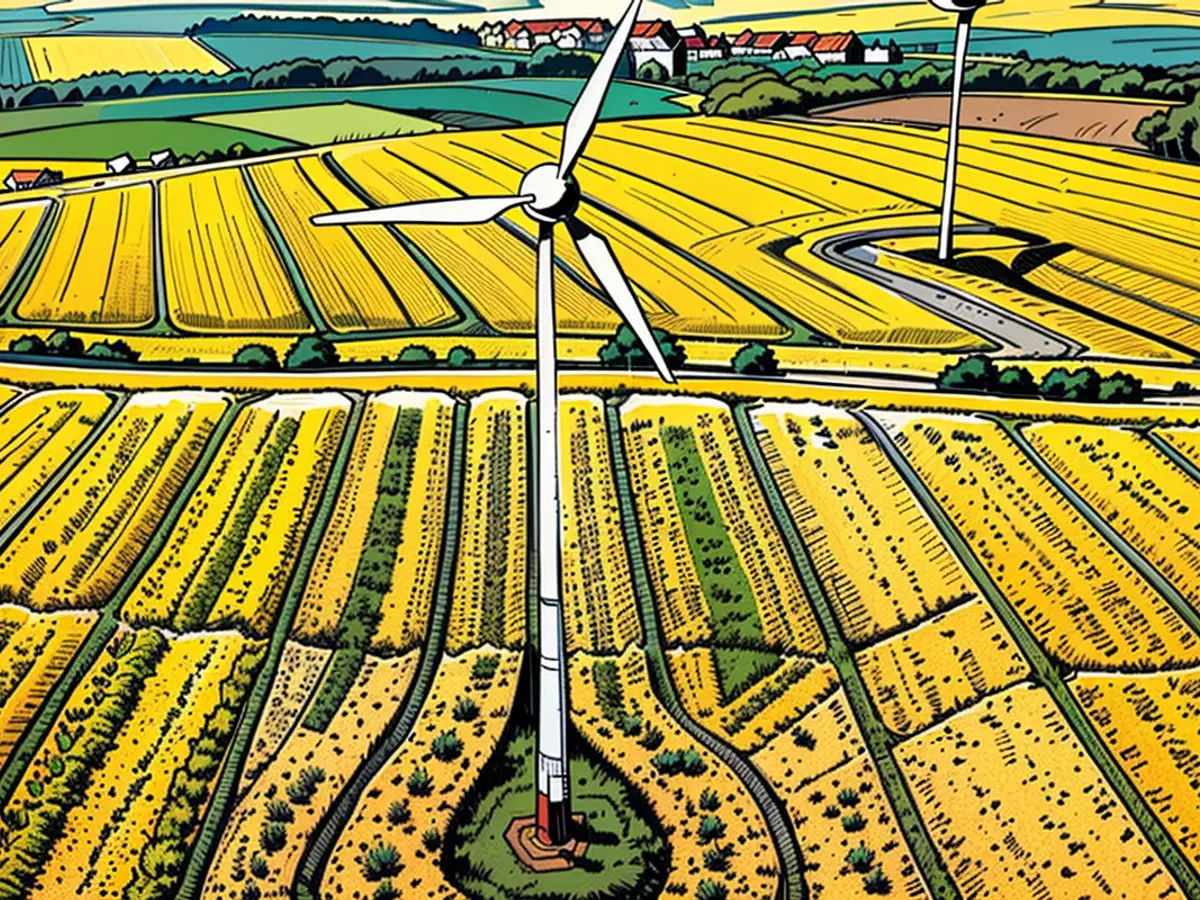- Freezing evenings negatively impact cereal yield in Saxony.
Due to the frigid nights in April, Saxony's grain yield for this year is projected to be lower than last year's, landing at roughly 66.6 deciliters per hectare. This figure is about 5.6 deciliters less than the previous year and falls below the six-year average. However, compared to the country's national average of 65.6 deciliters per hectare, Saxony is predicted to have slightly higher grain yields.
Around 353,700 hectares are used for growing various grains in Saxony, excluding corn. Based on preliminary yields, the anticipated grain harvest in Saxony is approximately 2.4 million tons, which is approximately 200,000 tons less than last year.
Spring barley as a pocket of optimism
The main losses occurred in significant grain types such as winter wheat, winter barley, and winter rapeseed. The frosty nights in April and the pests that thrived due to the damp autumn last year negatively impacted the winter rapeseed, resulting in a yield of 29.5 deciliters per hectare. Winter rapeseed is cultivated on nearly 107,000 hectares in Saxony.
Despite the overall decrease, there are some positive outliers: Spring barley, with an estimated yield of 59.9 deciliters per hectare, surpasses its previous year's result of 45.7 deciliters per hectare. Higher yields are also expected for oats and spring wheat.
In light of the lower grain yield for Saxony this year, farmers are expected to focus more on harvesting their crops to make up for any potential losses. The higher estimated yield of spring barley, at 59.9 deciliters per hectare, offers farmers an opportunity for successful harvesting and potentially higher profits.








